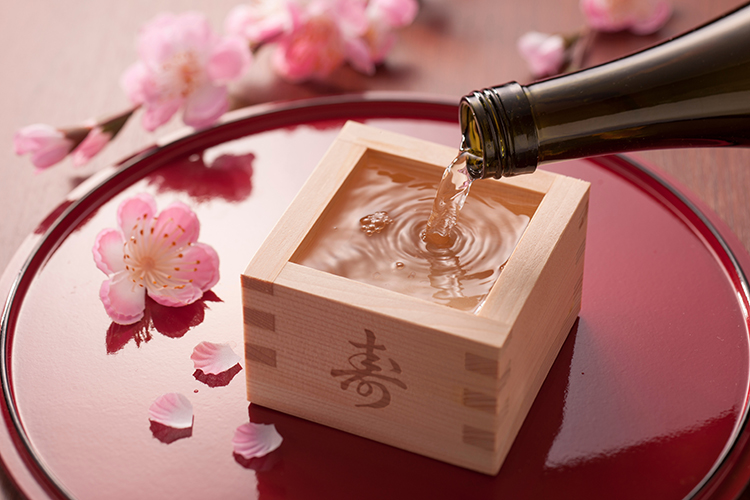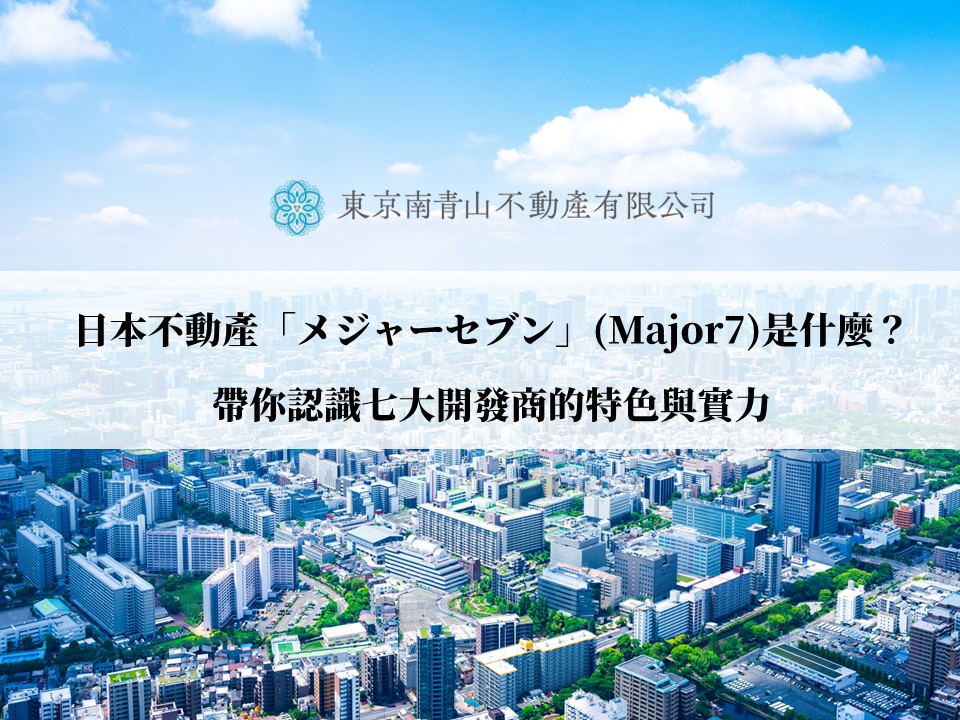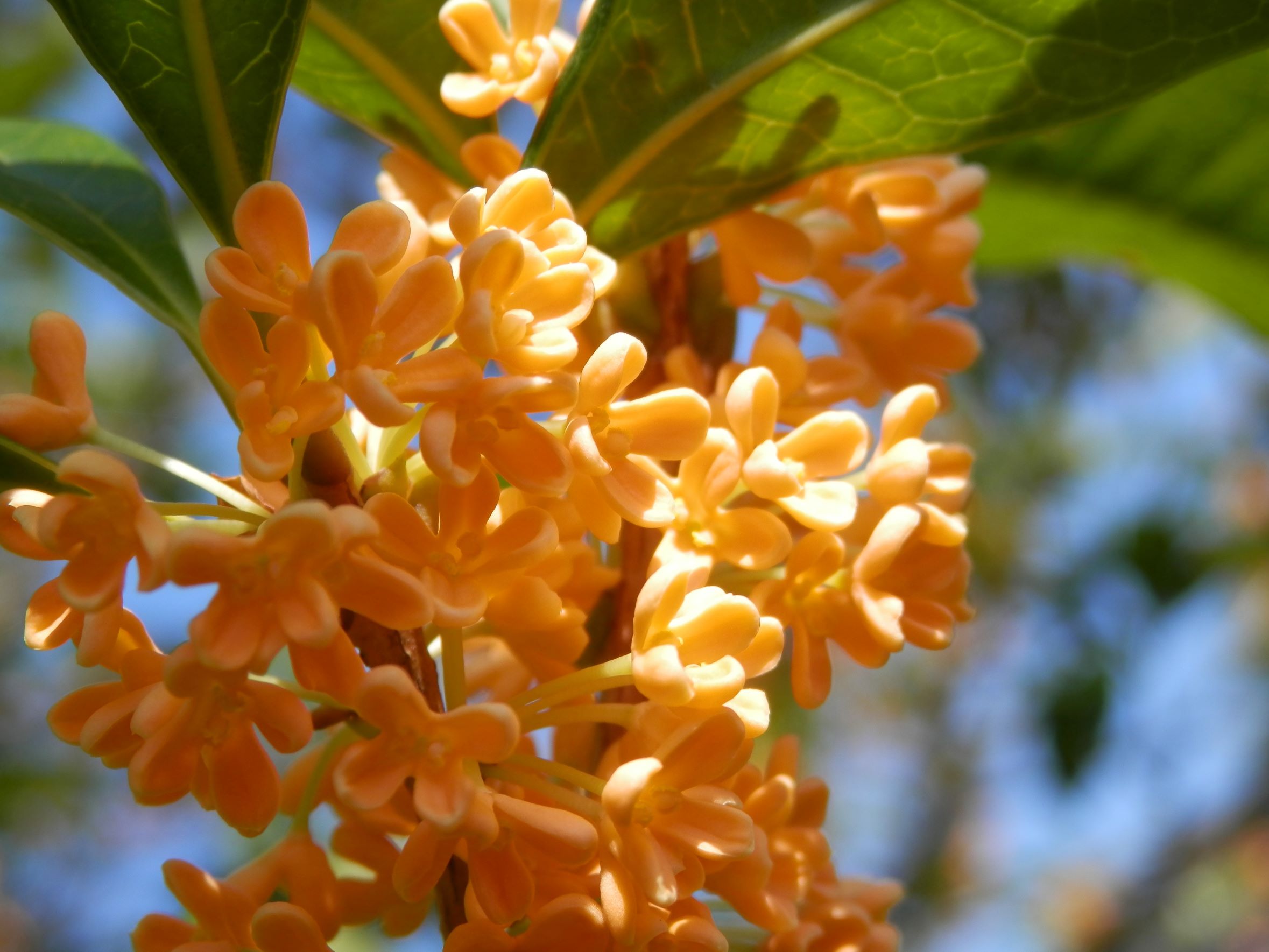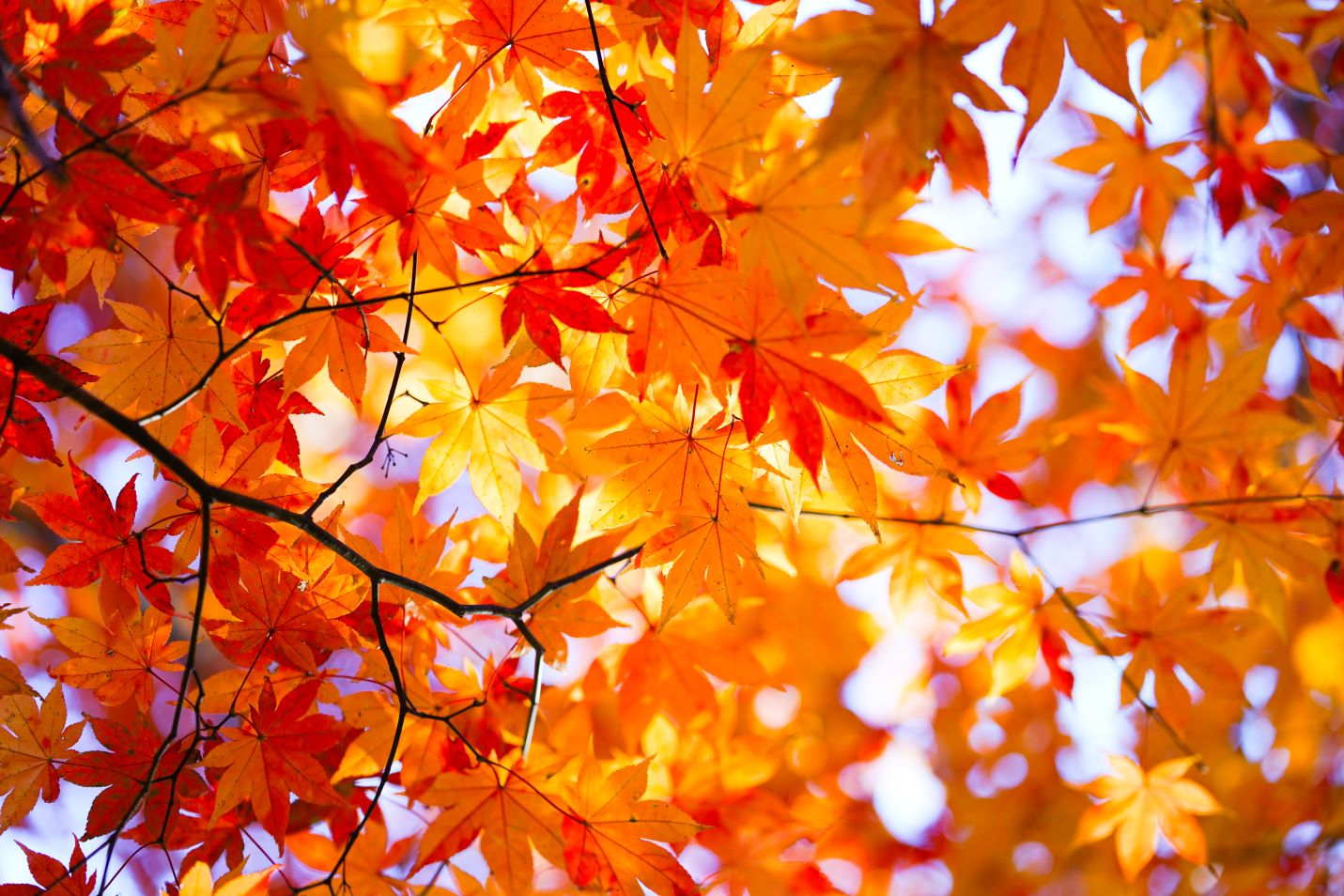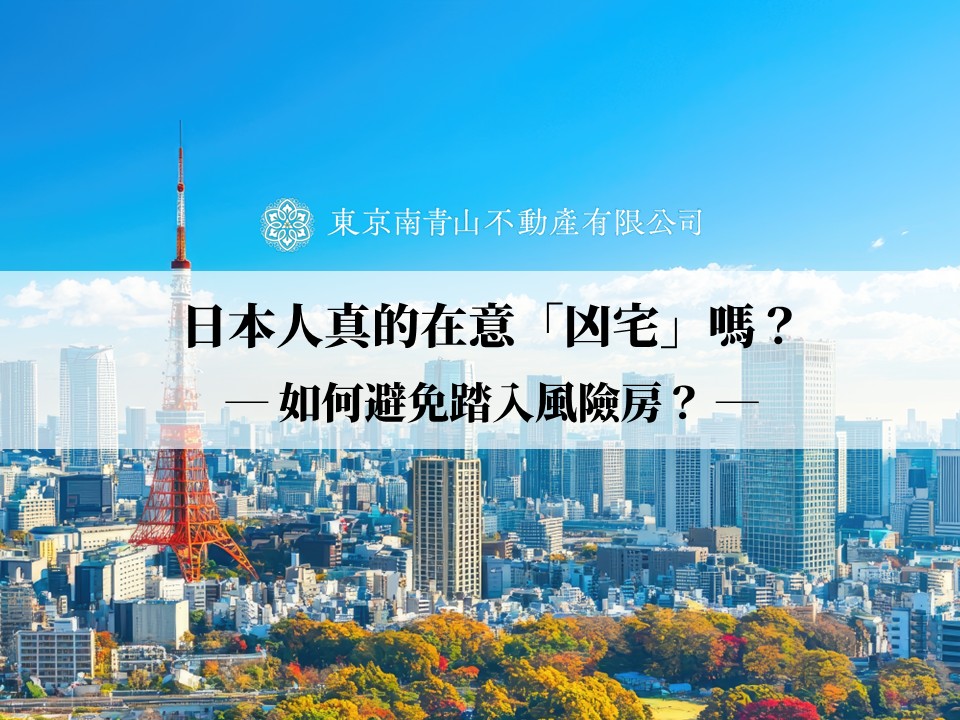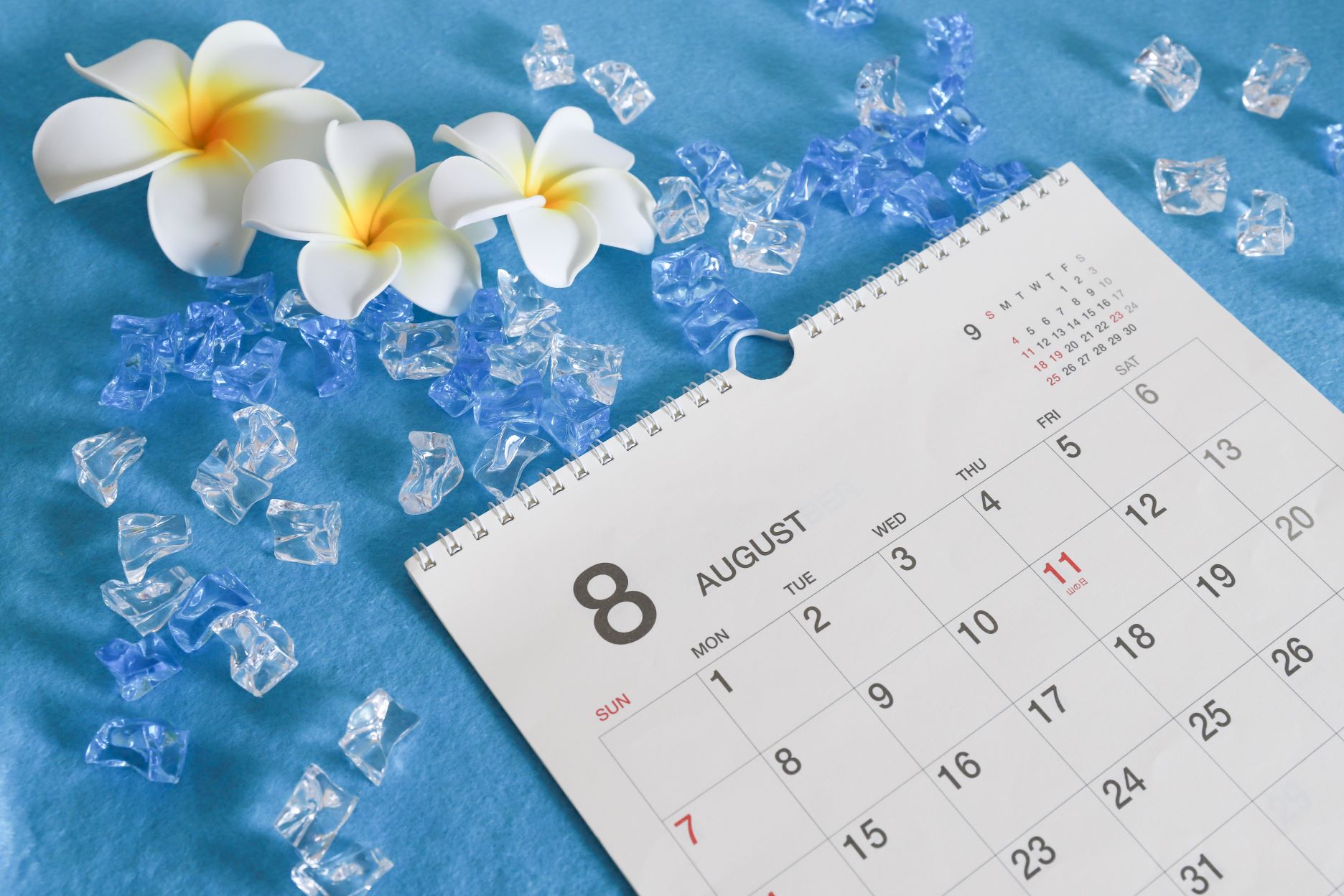Where did the history of Japanese sake (SAKE) begin?
There are many different alcoholic beverages in the world, and each country has fostered its own alcohol culture. Sake, a type of liquor made from rice, is also a uniquely Japanese form of alcoholic drink.
In this article, the origins and history of sake are introduced, along with its links to Japanese culture. It also explains how to enjoy sake in modern Japan and why sake is becoming increasingly popular overseas. Let's learn more about the good qualities of sake and enjoy the sake lifestyle.
Origin of Japanese Sake
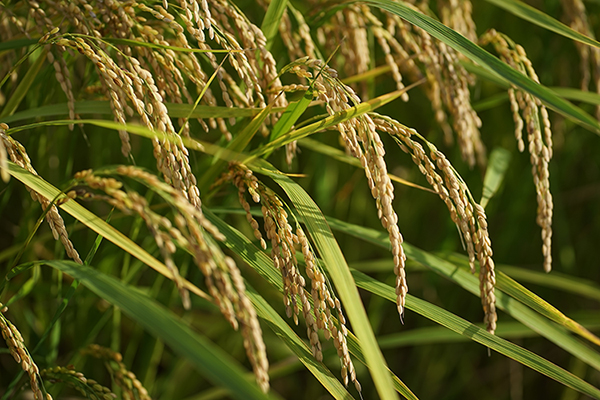
Let's unravel the origins of sake, when and how it was born.
Beginnings of Rice-Based Alcohol
There are many theories, but according to one theory, rice-based alcohol dates back to BC, with the Japanese calendar placing it in the Yayoi period (300-250 BC).
Paddy rice, from which sake is made, was introduced to Japan around 300-200 BC. Rice cultivation then spread during the Yayoi period, and it is thought that from that time onwards, sake like doburoku, which is the root of sake, was drunk (doburoku will be explained later).
Earliest Known Recorded Reference to Rice-Based Alcoholic Beverages
In the Osumi Province Fudoki* (from year 713 onwards), a description of Kuchikami-no-sake, the oldest Sake made from rice, can be found. Kuchikami Sake (= mouth-bite sake) was made by chewing rice in the mouth and using amylase and other degrading enzymes in the saliva to change the rice starch into sugar, which was then fermented by wild yeasts in the air. In those days, Sake was often used in Shinto rituals, and shrine maidens were responsible for making mouth-bite Sake.
*Fudoki: A geographical document compiled by imperial decree in the Nara era (710-794) that summarises the topography, cultural climate and legends of each region.
On the other hand, in the Harimanokuni Fudoki, which is said to have been established around 715, 'Sumisake' appears for the first time. It is said to be the earliest mention of Sake made with koji mould.
The Birthplace of Japanese Sake (Seishu) is Nara Prefecture.

The birthplace of Sake is said to be Syoryaku-ji Temple in Nara Prefecture, Japan.
Seishu and Sake are often confused, but there is a clear difference between the two. Seishu is made from rice, rice malt and water, which is fermented and strained. Sake is also a type of Seishu, but the rice used to make it must come from Japan and it must be brewed in Japan. This is why Sake is a uniquely Japanese alcoholic drink.
Before Sake was made at Shōryaku-ji, Nigori-zake was the main type of Sake. The original form of Sake, Doburoku, Nigori-zake and seishu (Sake) are classified according to the different filtering processes.
Doburoku does not undergo a filtering process. The unrefined (Moromi: fermented ingredients) and lees (Ori: fine solid ingredients left after the unrefined has been strained) remain intact and are characterised by a thick texture.
Nigori-zake is Sake made by straining the unrefined spirit, which leaves a residue of lees. The degree of Nigori-zake and mouthfeel depends on the amount of lees remaining. Seishu is a clear Sake in which both the unrefined Sake and the lees have been removed.
At Shōryaku-ji, a process called 'Morohaku-Zukuri' (using polished rice for both koji and brewing) was developed. Furthermore, sterilisation with lactic acid bacteria and staged brewing (multiple brewing) made it possible to mass produce Sake in a homogeneous state, thus establishing Sake production in Japan.
The Oldest Surviving Brewery was Founded in 1141.
The number of sake breweries has continued to decline since the Meiji era, but venerable breweries still remain.
Founded in 1141, the Sudo Honke is the oldest surviving Sake brewery and is known for its Junmai Daiginjo 'Sato-no-homare'.
Numbers of breweries since the Meiji era (1868-1912) have been as follows.
A.D. (year) Number of Breweries (Places)
1881 27,702
1904 11,438
1923 9,932
1931 8,481
1941 6,986
1946 3,153
1956 4,073
1973 3,303
1989 2,438
2000 2,007
2010 1,585
2020 1,252
2021 1,164
As of 2021, there were 1,164 breweries, a significant decrease of approximately 1/24th of the number since 1881.
Timeline of the History of Sake

A period-by-period look at the history of Sake since the Nara period (710-794), when Sake production began in earnest.
Nara Era (710-794 CE)
In 734, the 'Owari Province Shozeicho' records that a large quantity of red rice was offered from Owari Province (present-day Aichi Prefecture) to the Ooi-no-tsukasa (a government office that manages rice collected from different countries) as an ingredient for Sake. It is likely that rice-based Sake was actively produced from that time onwards.
The word 'Sakaya' (a shop selling Sake; also known as a 'liquor shop') appears in a waka poem in Japan's oldest anthology of poetry, Manyoshu, compiled between the late 7th and late 8th centuries. It is not clear whether this was a liquor shop that brewed or served Sake, but it suggests that Sake was close to people's daily lives.
Heian Era(794-1185)
The Enkishiki*, compiled in 927, describes the office of 'Miki-no-tsukasa', which brewed Sake, sweet Sake and Vinegar and was in charge of ceremonial Sake for the court. In the Heian period, Sake brewing was a state enterprise.
*Enkishiki: a compilation of regulations on court events and state institutions during the Nara - Heian periods.
In addition, the Nihon ryoiki, Japan's oldest collection of Buddhist discourses, said to have been written between the late Nara and early Heian periods, contains two discourses about a woman who sold Sake.
Kamakura Era
The Kongoji Documents, held at the Kongoji Temple in Kawachinagano, Osaka, mention that Sake brewing began at temples in the Kinki region in 1233. This marked the birth of Sobo-shu*, a type of Sake made by the monks of large temples.
Sake was only served during special events such as Shinto rituals, but with the establishment of Sake brewing techniques by the great temples, it gradually became available to the general public.
However, in 1252, the Kamakura Shogunate issued the 'Ko Shu' ban - prohibiting the sale and purchase of Sake. It stipulated that each private household was to have no more than one jar of sake*, and ordered that all Sake jars exceeding this limit were to be disposed of. It is said that there were more than 37,000 Sake pots in private houses in Kamakura at this time.
*Estimated to hold approximately 2 (3,6 L) to 4 (7,2 L) pots.
Muromachi Era (1333-1573 CE)
Hundreds of small Sake breweries appeared in Kyoto. Kyoto was a good environment for Sake brewing, as it attracted annual rice tribute from all over the country and the Kitano Shrine, which held the rights to the production and sale of rice malt.
Of the Buddhist monks' sake produced at this time, Bodai-zen from Shōryaku-ji Temple and Amano-shu from Kongō-ji Temple were particularly well-received. Shoreki-ji in Nara introduced 'Morohaku-zukuri', Hi-ire (sterilisation by pasteurisation) and three-stage brewing to achieve a stable quality of Sake brewing.
The Muromachi period also saw the birth of the Ten-stone vat*, which made it possible to mass produce Sake, five times a year.
*One Stone: approx. 180 litres.
Edo Era (1603-1868 CE)
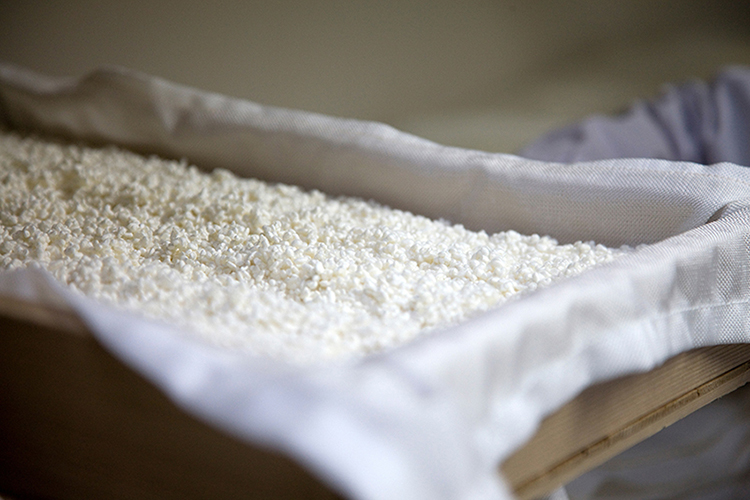
In the Edo period (1603-1868), Sake brewing technology evolved further. By the mid-Edo period (around the 18th century), it is said that a method of Sake production similar to that used today using 'rice malt' had been established.
1. Steamed rice is used to make rice malt by propagating Koji mold.
2. Rice Koji is added to steamed rice, water and yeast to make a base of Sake called "Shubo".
3. Steamed rice and rice malt are added to the 'Shubo' (the liquid that forms the basis for making Sake) in several batches to further promote sugification and alcoholic fermentation (step brewing).
4.When fermentation is complete, the Sake is made by adding steamed rice, water and yeast and it will be squeezed, heat-sterilised at low temperatures, stored and matured.
Also, while Sake was made throughout the year in the Muromachi period (1336-1573), in the Edo period (1603-1868) it was made more intensively in winter, which is considered the best time for Sake brewing. It was also discovered at this time that the quality of the brewing water (water used in the Sake production process) had a significant impact on the flavour of Sake.
Toji and Kurabito, the roots of today's Sake brewery organisations, were also created during the Edo period (1603-1868). The Toji is the chief brewer and there is only one Toji per brewery. Kurabito is a craftsman who works under the Toji.
Meiji and Taisho eras
In 1868, the Meiji Government was formed. During the Edo period, only those who had acquired sake brewing shares set by the shogunate could make Sake, but the Meiji Government made arrangements so that anyone could brew Sake if they paid a licence fee.
In February 1875, the following liquor tax regulations (tax regulations on liquor) are laid down for brewers and distributors respectively.
Distiller ・10 JPY per alcoholic beverage produced.
・10% brewing tax on the sale price
Distributors 5 JPY per year liquor contract sales tax
In September 1880, new liquor tax regulations were enacted, and the brewing licence tax, which had previously been levied on each type of liquor, was now levied on each brewery. The brewing tax was changed to a system of taxing the volume of alcohol produced (brewing tax) rather than the sales price. Repeated increases in taxation led to opposition from brewers.
Sake was also generally transported and sold in wooden casks, but bottled Sake was introduced in 1878; in 1901 it began to be sold in single bottles, but also continued to be sold by volume until after World War II.
In the Taisho era, enamel tanks began to be manufactured and used for brewing and storing Sake.
Enamel is a material made by baking a glass material onto a metal surface. Compared to the wooden Kioke, which had been the main type of vat used until then, the advantages were that it required less cleaning and sterilisation, and it was easier to cool the Sake after firing, preventing it from overheating. The differences in materials and preservation from wooden vats also suggest that hollow tanks increased the efficiency of Sake brewing.
Showa Era (1926-1989 CE)
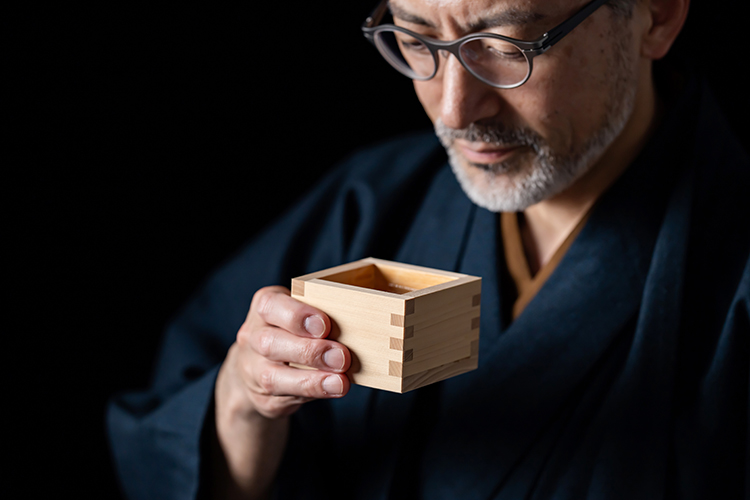
After the war, the environment surrounding Sake underwent major changes. The use of salicylic acid, which had been used as a preservative, was completely banned in 1969. A safer sake is now being produced.
In 1975, the Central Association of Sake Brewers compiled the 'Standards for the Labelling of Sake', which labelled the date of manufacture, ingredients and method of production of commercially available Sake. The aim was to differentiate between Sake brewed from rice and Sake with added sugar or alcohol.
At the time, most 'Sake' on the market was made with added sugars and alcohols. The establishment of these standards made it easier for consumers to buy authentic Sake, which may have enhanced the image of Sake.
In 1978, the Central Association of Japanese Sake Brewers designated 1 October of each year as Sake Day.
Before the 1965 brewing year, the sake industry's own calendar, the brewing year was defined as the period from 1 October to 30 September of the following year. Sake Day was designated on 1 October, when the new rice harvest began and many breweries started Sake production.
Another reason for the 1 October date is that the tenth of the twelve Chinese zodiac signs, the Chinese character for 'rooster', represents a sake jar.
From the Meiji era to the present day, further advances have been made through improved varieties of rice as a raw material, developments in brewing technology and better equipment.
The Links Between Current Japanese Culture and Sake
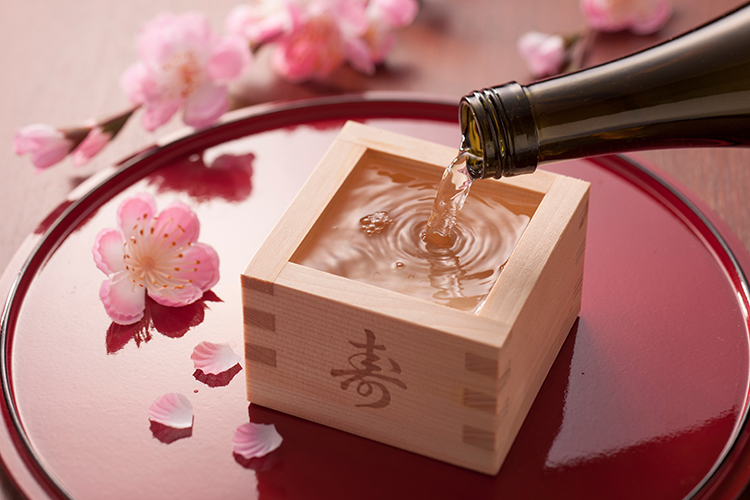
This section introduces the way Sake is enjoyed in Japan today.
Sacrifice Offerings to God
In Shinto, Japan's folk religion, offerings of rice, rice cakes and alcohol have been made to the gods since ancient times. The Sake offered to the gods is called 'Goshinshu' (sacred wine) and is served to the people after the offering. It was believed that by consuming the same drink as the gods, people could gain a sense of oneness with the gods, blessings and graces.
In modern Japan, Sake is also offered to the gods at various times, including traditional events such as the first shrine visit and Shichi-Go-San (Festival for children of three, five, and seven years of age), as well as weddings and Jichinsai*. Sake is an indispensable element in prayers for the exorcism of evil spirits and long life, as well as when people form new relationships with each other.
* Ceremony for Sanctifying Ground: a ceremony in which a Shinto priest is invited to pray for construction safety when civil engineering or building work is undertaken.
Drinking at Seasonal Events
Japan has many seasonal events, such as New Year's Day, Setsubun, cherry blossom viewing and moon viewing, where Sake is always present.
During the New Year, people sometimes drink a special drink called 'Toso', which is made by soaking Sake in five to ten different herbal medicines.
Hanami Sake, tsukimi Sake and yukimi Sake are elegant customs that have been practised since the Heian period (794-1185). Drinking Sake cold in summer and warm in winter is another seasonal way of drinking Sake.
On 3 March, the Dolls' Festival (Peach Festival), children are served Amazake (sweet Sake). Originally, 'Tokashu' (peach blossom wine), in which peach petals were soaked in sake, was served. This wonderful sake is meant to ward off evil spirits and to wish for longevity and immortality.
On Children's Day (Tango no Sekku), 5 May, children are famously bathed in 'Shobuyu', which is a play on the words 'Shobu' and 'Iris', to pray for good health. For adults, 'Iris Sake' is made by adding chopped iris to Sake. Drank on a Frequent Pace at the Table and
Banquet
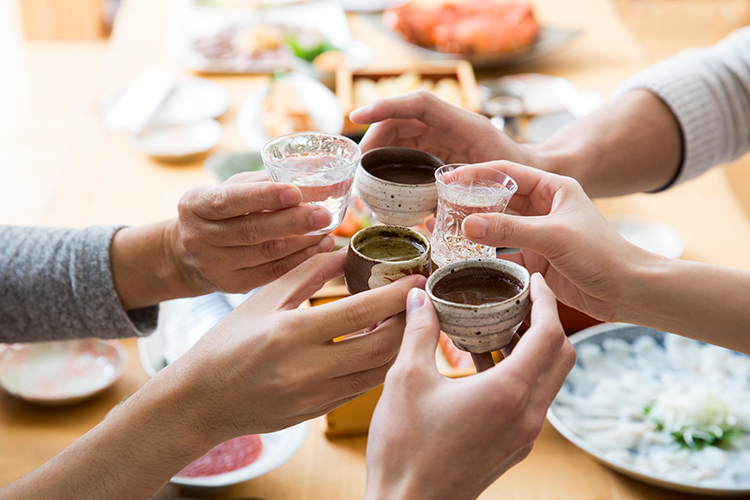
Sake is drunk on a regular basis, not only at banquets, but also with everyday meals.
With the development of brewing technology, sparkling Sake, which is lower in alcohol content and more fizzy than regular Sake, has also been produced. They are easy to match not only with Japanese food, but also with Western and Chinese food.
The Reputation of Japanese Sake from Abroad

This section provides an overview of how Sake is rated in other countries.
Sake Exports Increase Year on Year
Sake is attracting increasing attention from abroad, and exports of Sake are increasing year by year.
▼Top Cumulative Export Value of Sake by Year (Reference: National Tax Administration)
2020 2021 2022
1st United States of America People's Republic of China People's Republic of China
2nd People's Republic of China United States of America United States of America
3rd Hong Kong Hong Kong Hong Kong
For many years, the USA held the number one position in sake exports, but from 2021, China has changed to number one. This suggests that demand for Sake has increased significantly in China.
Demand for Sake in Taiwan has also risen significantly since 2015, with the value of Sake exports in 2020 and 2021 ranking fifth after Singapore, and the volume of Sake exports in 2022 ranking first. In Taiwan, there appears to be a preference for high-end Japanese sake.
The Reasons for the Growing Popularity of Sake Abroad
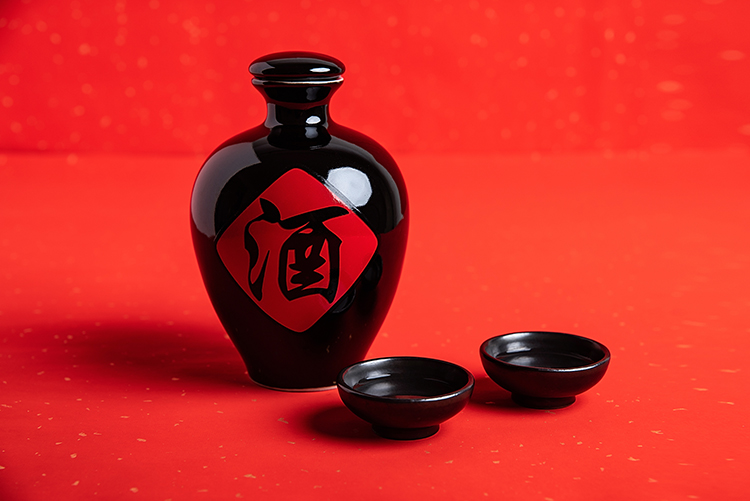
Sake is becoming increasingly popular in many foreign countries. In the case of the USA, this is due to the increase in the number of Japanese restaurants and the organisation of large-scale Sake events, which have increased awareness. More and more restaurants are pairing Sake with non-Japanese dishes.
In Taiwan, where demand for Sake has been increasing in recent years, a Sake boom began around 2003, sparked by the Dassai brand. One of the reasons for the popularity of Japanese Sake is probably that before the Covid pandemic, there were many tourists visiting Japan from Taiwan, and they had many opportunities to come into contact with Japanese Sake.
The increasing export of Sake itself has led to an increase in the popularity of Sake in many countries. Riding the wave of the Japanese food boom as a healthy food, the awareness of Sake itself is also increasing. Another factor behind the popularity of Sake is the continuous development of new types of Sake, such as sparkling Sake, which are compatible with Western food and acceptable to people in other countries.
Conclusions
Sake has long been loved by the Japanese. Today, demand for Sake is increasing not only in Japan but also abroad. Sake, which is still made using traditional methods, has been an integral part of Japanese culture. Why not enjoy Sake to match the season, while feeling the romance of it?


